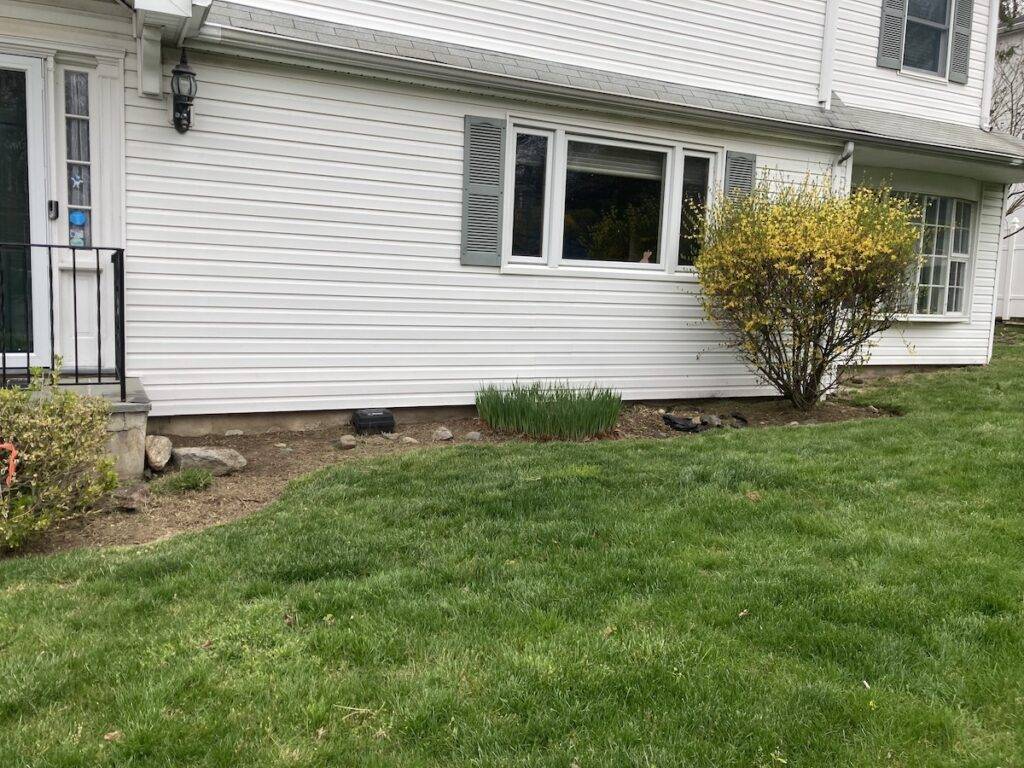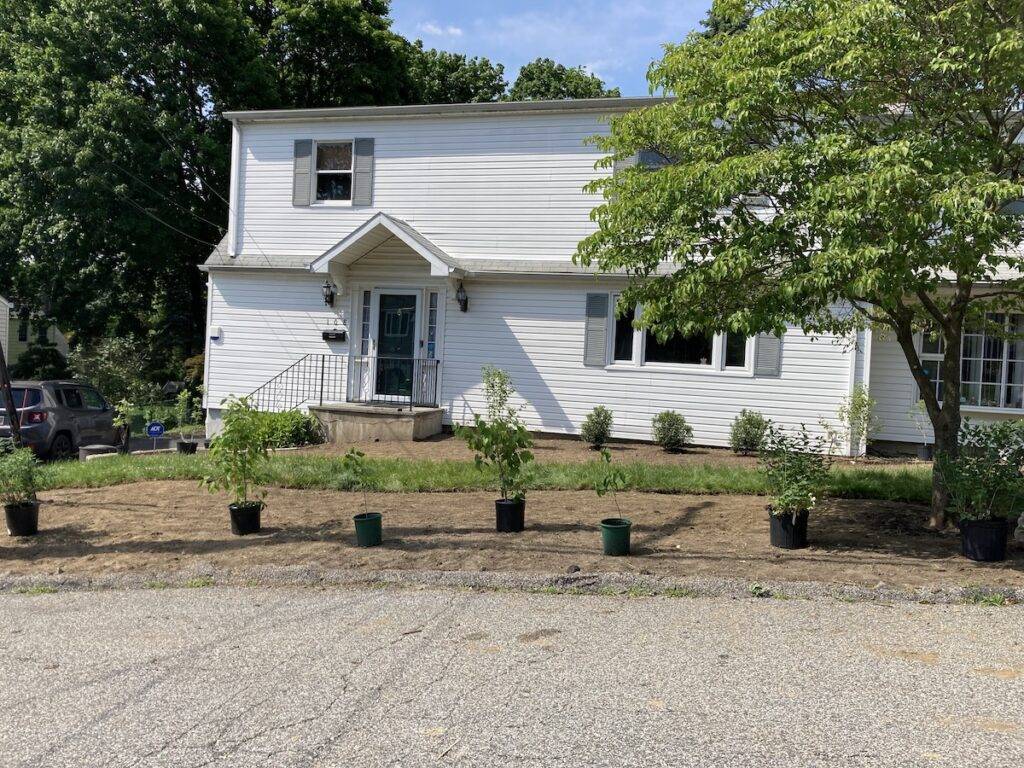On a whim, this suburban homeowner ripped out her lawn. After a year of watching the transformation and welcoming pollinators, her regret has given way to reverence.
There was no aha moment, just a persistent feeling that the suburban status quo didn’t make any sense. In my New York neighborhood, the copied-and-pasted squares of weedy grass stamped in front of every house seemed blank — almost purposeless.
While I was curious about how people beautified their boring front lawns and how native plants could fit into the picture, I didn’t enter my gardening journey with any kind of intention. Mid-pandemic, I took my daughter to the local nursery and let her pick out purple-flowered plants to fill a gap in front of the house. Within weeks, those untended plants withered and shriveled to crispy stalks, still in their pots when I guiltily tossed them into the trash. As is the case with most of my hobbies, I just didn’t have enough passion to make the time or space for gardening in my life.
My interest in native gardens ebbed and flowed until one of those moments of frenzied Googling that only happens when I’m procrastinating from something else. Within a day or so of reaching out to landscapers, I received a warm and enthusiastic email from my local Pollinator Pathway group, assuring me that I was on the right road.
Soon, I was standing in my front yard with native plant expert and author Kim Eierman, founder of a horticulture communications and consulting company called EcoBeneficial. I saw her get lost in a vision of how things could be in my yard, and I let myself get carried along on the journey.
“I want it to be really wild!” I told her.
“That will look pretty bare in winter. We need to put in some structure around here. And here,” she pointed to various parts of the lawn. “Then we’ll have a kind of a secret garden over here.”
“Secret garden.” Those were the magic words, and I handed her a check to get started.
What happened did have some magical qualities. Calling herself “the plant fairy,” Kim would show up with her trunk filled with potted plants and plugs sourced from native nurseries around Long Island and Connecticut. She would explain their qualities and the kinds of wildlife they would attract, while I nodded and pretended to understand what each stubby little plant could offer. They were mostly unfamiliar-to-me names like serviceberry, chokeberry, Joe Pye, and sundrops. She also delivered several types of milkweeds and tiny dots of green strawberry leaves that she promised would grow into ground cover.
Then, on an oppressive June day in the middle of an unprecedented drought, the landscapers arrived. And they ripped out my lawn.
Long strips of grass were peeled away to leave behind a scalped brown front yard while my neighbors looked on in surprise, and I hid inside the house with a pit in my stomach. The landscapers left a meandering grass pathway bordered by two enormous rows of dirt, where they quickly scooped out holes to rehome the many potted plants that had taken up residence in my yard.
Over two days, I went from having a drab, square patch of weedy lawn to … striated paths of brown dirt dotted with tiny scrubs. My dread, not to mention my buyer’s remorse, was intense.
“Just keep watering,” was all that Kim would say in the coming days when I texted pictures, stressed about every plant’s well-being.
“More water,” she said weeks later, when she came to visit and commented that plants were growing nicely but looked thirsty in the Northeastern drought.
Every morning I slathered on sunscreen, put on a hat, popped on a podcast, and watered. Then came the inevitable blades of grass trying to push their way out of the ground. Big leaves of jimson weeds and blooming devil’s trumpet tricked me into thinking they had been intentionally planted around my native purple coneflowers and whorled coreopsis. The iNaturalist app became my go-to source to distinguish between weeds and native plants. I joined native gardening Facebook groups to absorb information slowly and organically.
The bees came, at first just a few, and then hundreds buzzing around bright yellow flowers as I tiptoed around with a hose. Monarch butterflies arrived and I took out my camera to try to catch them in flight.
Milkweed pods burst into fluffy, feathery floss that fell like snowflakes onto the ground cover of wild strawberries. Graceful nodding onions showed up with pale blooms, while pure white snowberries looked like something out of a fairy tale.
The more I learned about each plant, the more their personalities seemed to stand out. Milkweed pods burst into fluffy, feathery floss that fell like snowflakes onto the ground cover of wild strawberries. Graceful nodding onions showed up with pale blooms, while pure white snowberries looked like something out of a fairy tale. Not everything survived the hot season, but still, my garden thrived.
As autumn leaves began to fall and wedge their way in between the plants, I watched as my plants transformed into similar hues — perfectly attuned to the store-bought pumpkins and Halloween décor that I used to match the mood. By the time winter came and I could put my hose away, everything seemed to quiet down all at once. All season long, beauty remained in the form of untouched fallen leaves and stark woody stems that gave the garden its promised structure.
The garden is now waking up to spring with new buds holding a season full of promise. As the plants take root, I’ll be watering less and admiring more.






